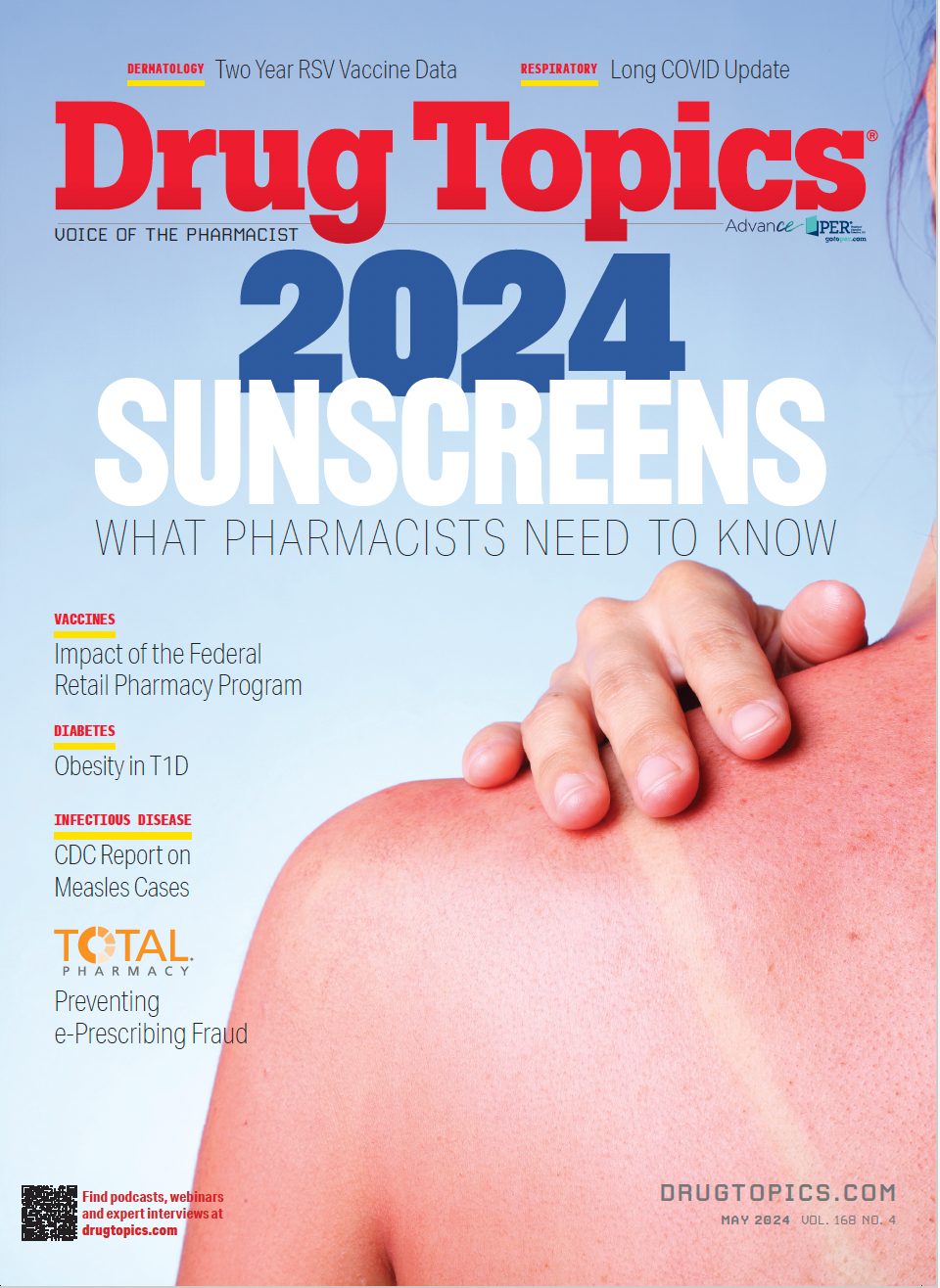Pharmacists Should Adapt Harm Reduction Efforts to Address Unregulated Substances
It’s important that pharmacists continuously revise their counseling as new information about substances such as xylazine, levamisole, and phenacetin emerges, said Anita Jacobson at this year’s American Pharmacists Association Annual Meeting & Exposition.
“Harm reduction” refers to public health efforts targeted toward minimizing harm associated with continued drug use. Rather than focus on abstinence, harm reduction meets people where they’re at; by offering non-judgmental support, harm reduction efforts can act as steppingstones for future recovery.
The development of naloxone as a reversal agent for opioids in recent years serves as an excellent example of a harm reduction effort aimed at addressing opioid overdoses. But whereas opioids are regulated by their controlled substance classification, drugs like xylazine, levamisole, and phenacetin are not. As these unregulated and unfamiliar drugs appear increasingly on the street, they complicate harm reduction efforts.
Challenges associated with these active cuts, like a lack of traceability, fear of prosecution, and a rapidly changing landscape, make it hard to develop targeted harm reduction strategies. But even with these roadblocks, harm reduction efforts remain crucial.
At this year’s American Pharmacists Association Annual Meeting & Exposition, Anita Jacobson, PharmD, clinical professor and program director of the Community First Responder Program at the University of Rhode Island, sat down with Drug Topics to discuss how community pharmacists can overcome roadblocks associated with the unregulated drug supply to implement successful harm reduction strategies in their practice.
Education, Jacobson says, should act as the first line of defense against these novel substances.
“It’s just knowing what’s in the unregulated drug supply,” said Jacobson. “We get a lot of education about prescription medications, but depending on when we graduated or the curriculum at the school we went to, we may have gotten little or no education on [unregulated drugs].”
Pharmacists should stay informed about the evolving drug landscape to provide effective counseling and connect patients with resources that address the unique challenges that arise with unregulated drugs. It’s important that pharmacists continuously revise their counseling as new information about these substances emerges, said Jacobson.
“Xylazine is a veterinary medicine [that] will cause profound sedation and muscle relaxation,” said Jacobson. “Because xylazine is not responsive to naloxone, people may still be very sedated after receiving the [reversal agent]. It’s important for us, as pharmacists, to change our counseling, and update our counseling, to teach people to monitor respiratory rate.”
Read more of our coverage from the 2024 APhA Annual Meeting & Exposition here.
